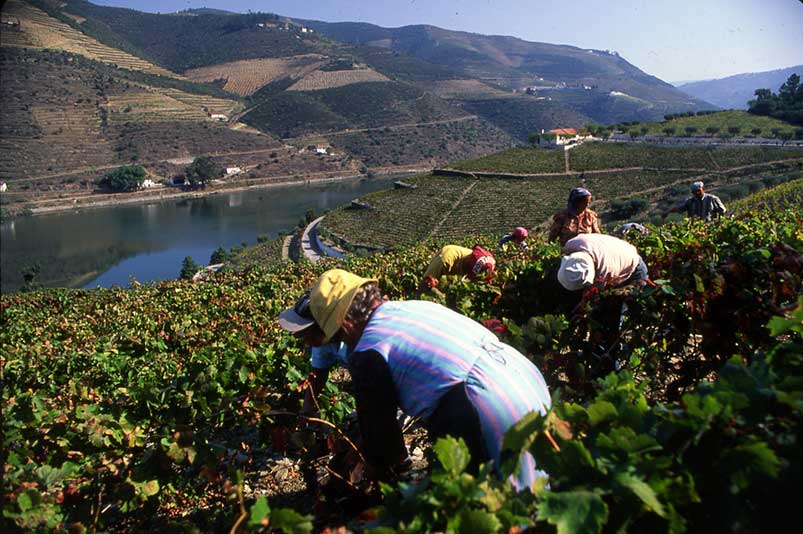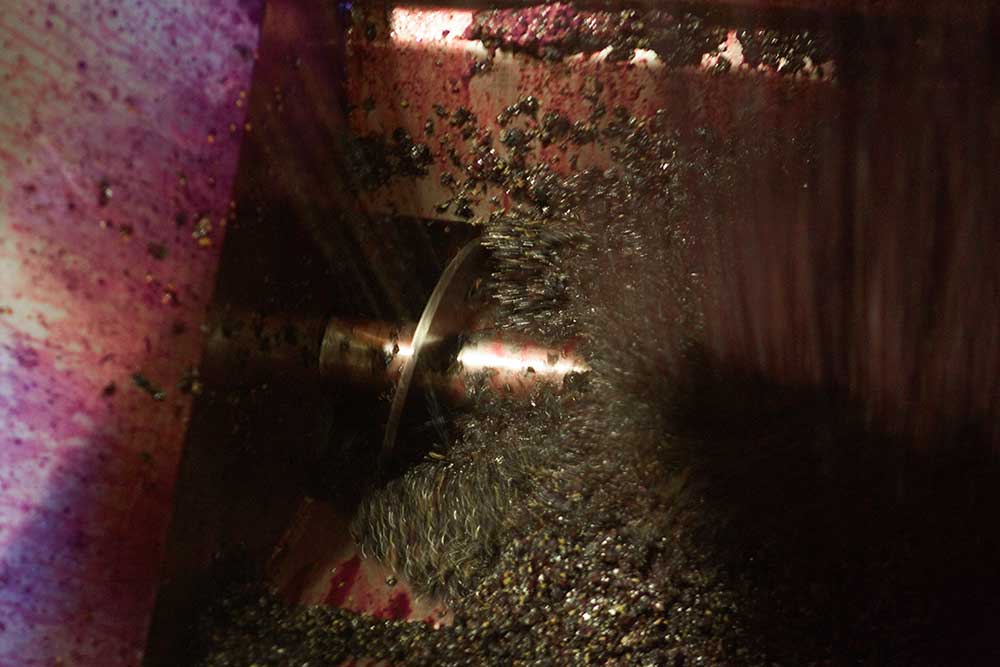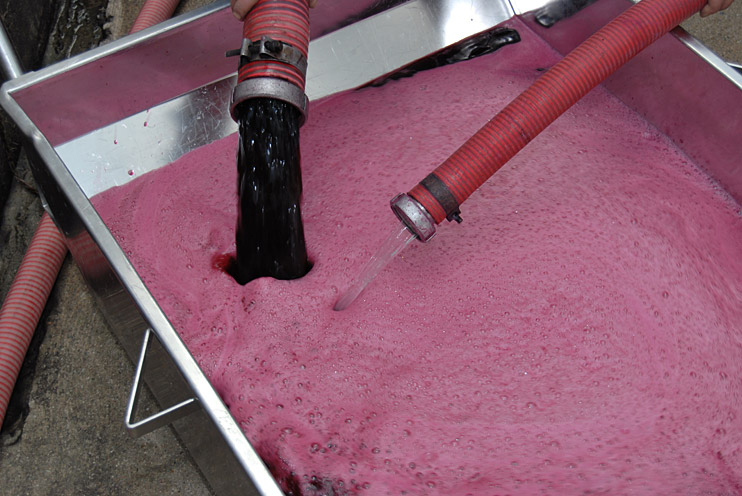
The winemaking
One of the highlights of the winemaking year in the Douro is undoubtedly the vintage. The harvesting of the grapes begins each year between the end of August and mid-October.
During the harvest, the winemaker takes great care to ensure that the quality of the grapes is transmitted to the wine.
The quality of Port is directly related to the ideal amount of ripeness of the grapes according to the type of wine for which they will be used.
Red Ports are normally made from riper grapes whose high levels of sugars, tannins and compounds associated to the colour of the wine confer, in the best cases, Vintage Port’s legendary ability to age in bottle.
In the case of White Port, a greater concentration of aromatic compounds and acidity is looked for and, as a rule, white grapes are harvested earlier than red grapes.



Red Port
There are two winemaking techniques for Port: traditional, where the grapes are trod in large stone tanks; and modern, where the grapes are processed in wineries fitted with the latest recent technology.
The traditional method is labour intensive and includes treading the grapes. The next stage corresponds to the alcoholic fermentation by which yeasts act on the grape sugars in the must and transform them into alcohol. At this stage, the rising temperature and the alcohol (principal product of fermentation) trigger the release of aromatic and colour compounds from the skins. At a certain moment during fermentation, the wine is drawn off so as to separate the must-wine from any solids such as skins, stalks and pips.
Next to each treading stone tank, or "lagar", you will usually find another tank into which the must-wine is drained before grape spirit is added to it to halt fermentation. The most frequently used proportions for this are one part grape spirit to four parts of must-wine.
In this manner, the final wine retains some residual sweetness and an alcoholic content of between 19% and 22% v/v.
Over the past few years, wineries (both cooperative and privately-owned) have acquired large capacity electric crushers, robotic treading tanks, stainless steel tanks (in which one can control the fermentation temperature), and automatic wine presses, to name but a few such methods. All of these are primarily directed at ensuring hygiene in the winery, as well as a high degree of control over all the winemaking processes up to the moment the wine is bottled.
White Port
White Port is usually made using one of two methods: one, where the must is macerated in contact with the skins, and the “bica aberta”, where the must ferments without coming into contact with any solid matter.
There are several styles of White Port according to how long they have been aged and to their different degrees of sweetness (extra dry, dry, semi-sweet, sweet, very sweet and Lágrima), the result of the way each is made.
Extra dry, dry and semi-sweet White Port require a more prolonged fermentation period in order to reduce the amount of residual sugars in the must.
Whether the Port is made in a treading tank or by use of the most modern methods, it will rest in either vats or cement or stainless steel tanks until the end of the winter. This is the moment when the wine is transferred to another vat in order to promote separation from the residue that has formed in the bottom of the vats.
In Spring, a first selection and blending of the wines is made and each is classified according to its potential. It is also now that the winemaker decides whether a wine will be aged either in the Douro or downriver, in the Vila Nova de Gaia bonded lodges.